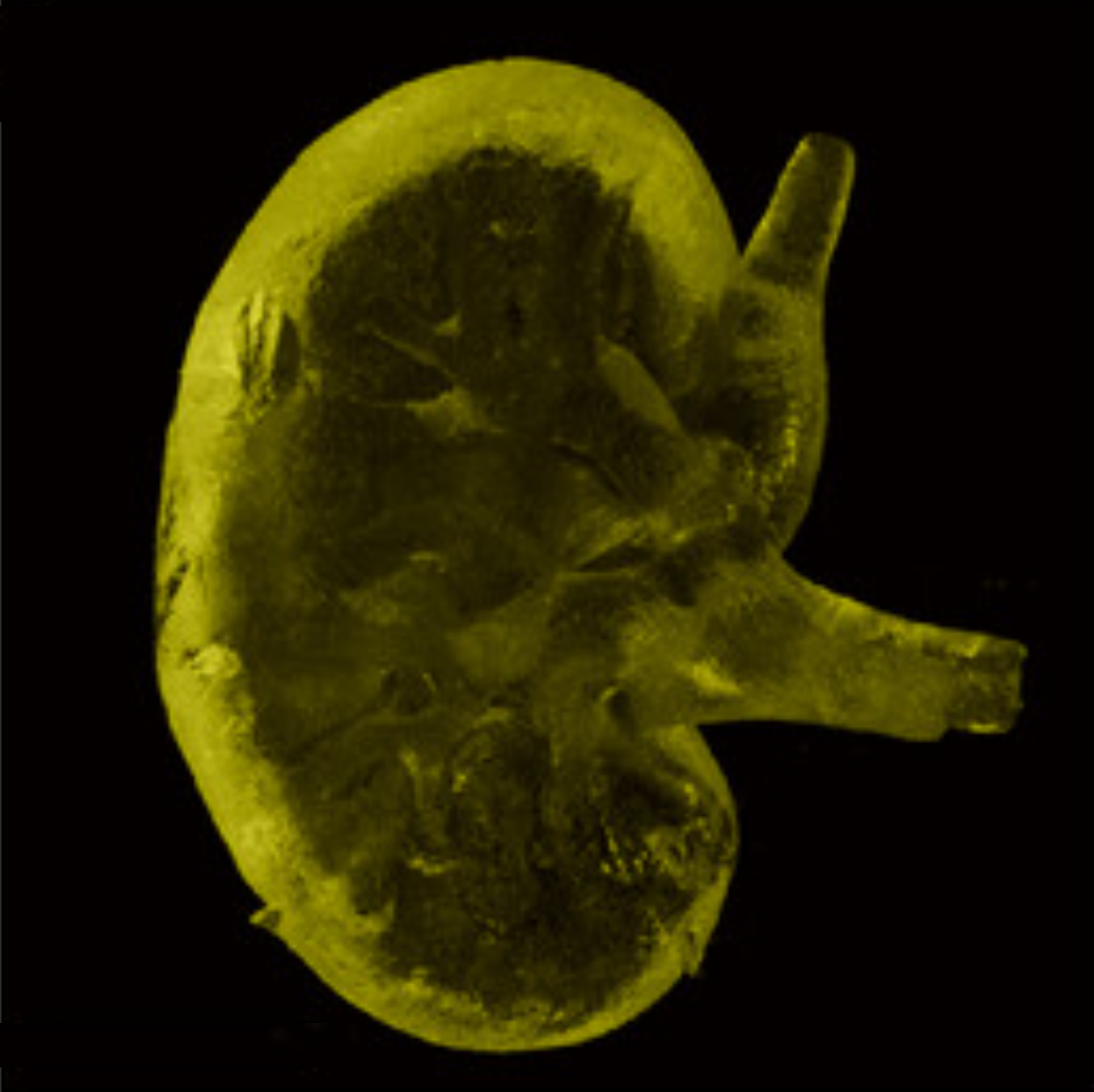Major new discovery about mammalian brains surprises researchers
Researchers have made a significant breakthrough in understanding the mammalian brain leading to the development of new pharmaceuticals.

[Apr. 26, 2023: Staff Writer, The Brighter Side of News]
In a new breakthrough to understand more about the mammalian brain, University of Copenhagen researchers have made an incredible discovery. (Credit: Creative Commons)
The University of Copenhagen researchers have made a significant breakthrough in understanding the mammalian brain. They have discovered that a crucial enzyme responsible for enabling brain signals is capable of turning on and off at random intervals, even taking extended breaks from its work for hours. These findings are published in the journal Nature and expected to have a significant impact on our comprehension of the brain and the development of pharmaceuticals.
Our brain's ability to form thoughts and memories and control our voluntary movements relies on millions of neurons communicating with each other constantly. During the exchange of messages between two neurons, a specific enzyme aids the transportation of neurotransmitters from one neuron to another.
Previously, it was believed that the enzymes responsible for neuronal communication were constantly active to ensure the survival of complex organisms. However, recent research conducted by the Department of Chemistry at the University of Copenhagen using a groundbreaking method has revealed that this is not the case. The researchers discovered that the enzyme's activity switches on and off randomly, contradicting our previous understanding of its continuous essential signaling role.
The survival of complex organisms depends heavily on neuronal communication, which makes the process of utmost importance. However, until now, it was widely believed that the enzymes responsible for this communication remained active at all times to convey essential signals without interruption. The Department of Chemistry at the University of Copenhagen conducted groundbreaking research using a new method that contradicts this long-held belief. The researchers discovered that the enzyme's activity switches on and off at random intervals, revealing a new understanding of its behavior.
Related Stories
Led by Professor Dimitrios Stamou from the Department of Chemistry at the University of Copenhagen's Center for Geometrically Engineered Cellular Systems, the research challenges the commonly held belief that proteins in the brain are constantly active. The team found that these enzymes can pause for minutes to hours, yet the brains of mammals, including humans, continue to function flawlessly.
Previous studies in this field have focused on stable enzymes from bacteria, but the team behind this research employed a novel method to investigate enzymes isolated from rat brains.
Enzyme-switching may have far-reaching implications
Neurons use neurotransmitters to communicate with each other. These chemical messengers are initially stored in small membrane sacs called synaptic vesicles before being released to convey messages between neurons.
The energy required for the pumping of neurotransmitters into these sacs is supplied by V-ATPase, a central enzyme in the process. Without V-ATPase, neurotransmitters would not be pumped into the sacs, making it impossible for neurons to communicate.
Surprisingly, a recent study has found that each sac contains only one molecule of V-ATPase. When this molecule turns off, the energy required for pumping neurotransmitters into the sacs is depleted. This is a novel discovery that was not anticipated by researchers.
According to Professor Dimitrios Stamou, “It is nearly incomprehensible that the extremely critical process of loading neurotransmitters in containers is delegated to only one molecule per container. Especially when we find that 40% of the time these molecules are switched off.”
These findings raise many intriguing questions:
The cover illustration shows vacuolar-type adenosine triphosphatases (V-ATPases, large blue structures) on a synaptic vesicle from a nerve cell in the mammalian brain. Image: C. Kutzner, H. Grubmüller and R. Jahn/Max Planck Institute for Multidisciplinary Sciences. (CREDIT: C. Kutzner, H. Grubmüller and R. Jahn/Max Planck Institute for Multidisciplinary Sciences)
“Does shutting down the energy source of the containers mean many of them are indeed empty of neurotransmitters? Would a large fraction of empty containers significantly impact the communication between neurons? If so, would that be a “problem” that neurons evolved to circumvent, or could it possibly be an entirely new way to encode important information in the brain? Only time will tell,” he says.
Screening drugs for the V-ATPase
The V-ATPase enzyme is an attractive target for drug development due to its crucial roles in cancer, cancer metastasis, and other life-threatening diseases. Therefore, targeting the V-ATPase is a promising approach for developing anticancer drugs.
Current assays for screening V-ATPase-targeting drugs rely on averaging the signals from billions of enzymes. This approach is sufficient for understanding the average effect of drugs when enzymes work continuously or in large numbers.
However, recent research has revealed that this assumption is not valid for the V-ATPase, making it necessary to develop methods for measuring the behavior of individual V-ATPase molecules to optimize drug effects. Dr. Elefterios Kosmidis from the Department of Chemistry at the University of Copenhagen led the laboratory experiments and emphasized the importance of these methods.
The developed method is the first to measure the effects of drugs on the proton-pumping of single V-ATPase molecules. It can detect currents more than one million times smaller than the gold-standard patch clamp method, making it a significant advancement in V-ATPase drug development.
Facts about the V-ATPase enzyme:
V-ATPases are enzymes that break down ATP molecules to pump protons across cellular membranes.
They are found in all cells and are essential for controlling the pH/acidity inside and/or outside cells.
In neuronal cells, the proton gradient established by V-ATPases provides energy for loading neurochemical messengers called neurotransmitters into synaptic vesicles for subsequent release at synaptic connections.
Relative sizes of mamalian brains. (CREDIT: Creative Commons)
Credits:
This project resulted from a long and fruitful collaboration between the Grabe, Jahn, Pedersen, Preobraschenski, and Stamou labs. It was financially supported by the Novo Nordisk Foundation (grant NNF17OC0028176), the Villum Foundation (grants 17617 and 17646), the Lundbeck Foundation (grant R249-2017-1406 to E.K. and R250-2017-1175 to S.V.), and a grant from the European Research Council to R.J. (SVNeuroTrans). J.P. was supported by the Deutsche Forschungsgemeinschaft (German Research Foundation) under Germany’s Excellence Strategy EXC 2067/1-390729940.
Note: Materials provided above by The Brighter Side of News. Content may be edited for style and length.
Like these kind of feel good stories? Get the Brighter Side of News' newsletter.



